- Exploding AI Trends
- Posts
- [4 Free trials]AI in Customer Onboarding: A Game Changer for User Experience
[4 Free trials]AI in Customer Onboarding: A Game Changer for User Experience
Uncover how AI enhances customer onboarding, from automation to personalization, improving user satisfaction and engagement.
Convincing a user to register for your product is just the first step. Encouraging them to actively engage with it presents a whole new set of challenges.
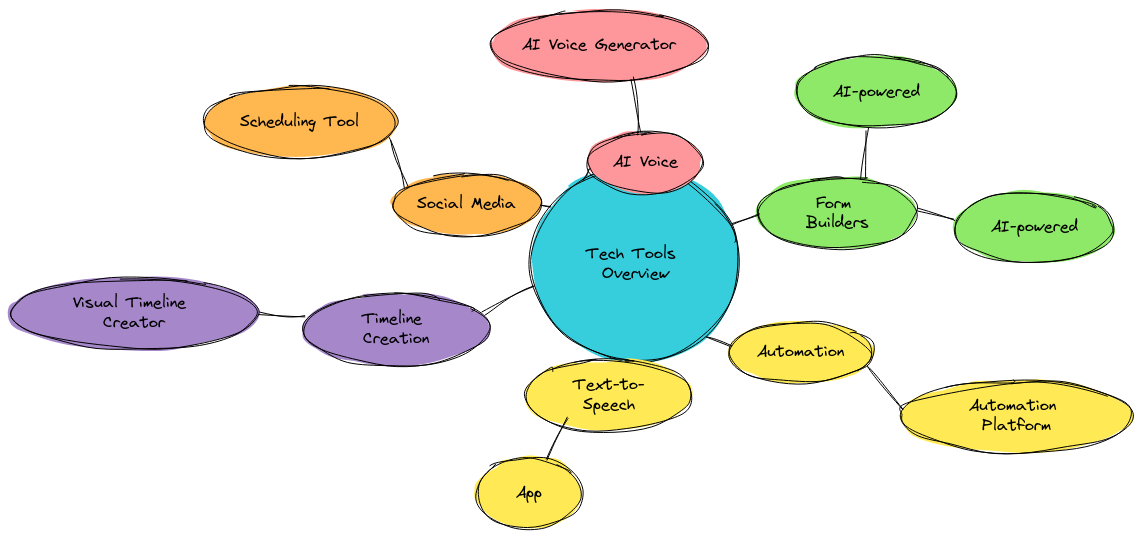
We’ve all been through the process of customer onboarding, and likely, we’ve encountered our fair share of less-than-ideal experiences along the way.
Ever found yourself signing up for a service only to leave it untouched? You’re not alone.
So, how is artificial intelligence revolutionizing and enhancing the onboarding process?
Zapier: Automated Workflows
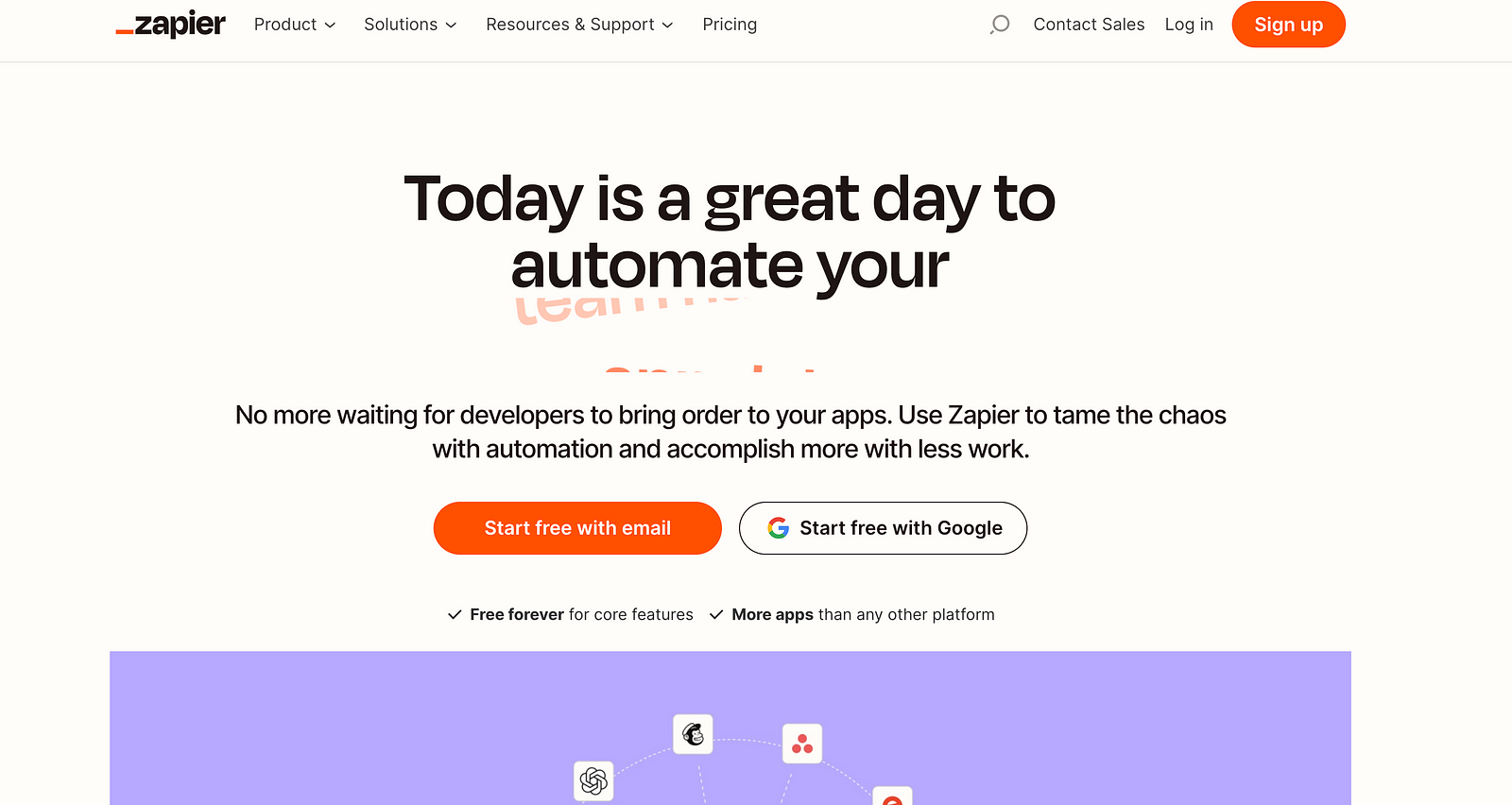
Zapier is a platform that specializes in automation. The onboarding process at Zapier begins with registration, followed by queries about your job role, the size of your team, and the selection of apps. Subsequently, it guides you to initiate the creation of a zap, which is an automated workflow.
Signing up for Zapier usually means you’re looking to automate a task or process. However, having to navigate through dropdown menus to decide which components connect can place the burden of figuring out the specifics squarely on your shoulders.
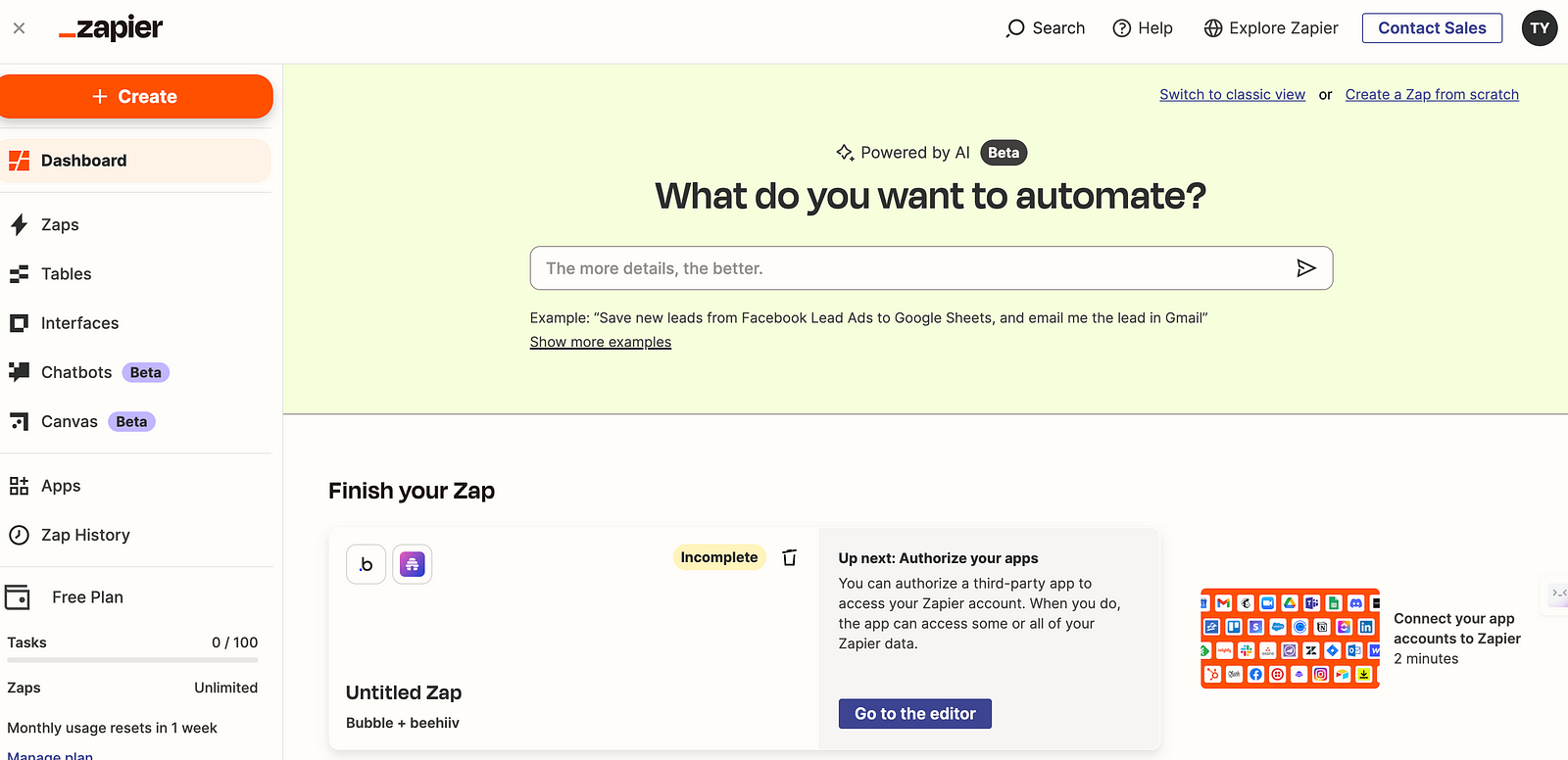
Zapier’s updated process changes the game by allowing you to describe what you want to do in natural language, from which it then automatically generates the Zap for you. This is a significant leap forward. An example is provided to spark further creativity.
The key lesson here is to reduce user effort. The initial approach made it feel like the mental heavy lifting was up to you. Now, Zapier takes on that load, making the experience much more user-friendly. Encouraging new users to create their first Zap is crucial for retention, and making that process as seamless as possible is a smart move.
Fillout: Lessons from AI Integration
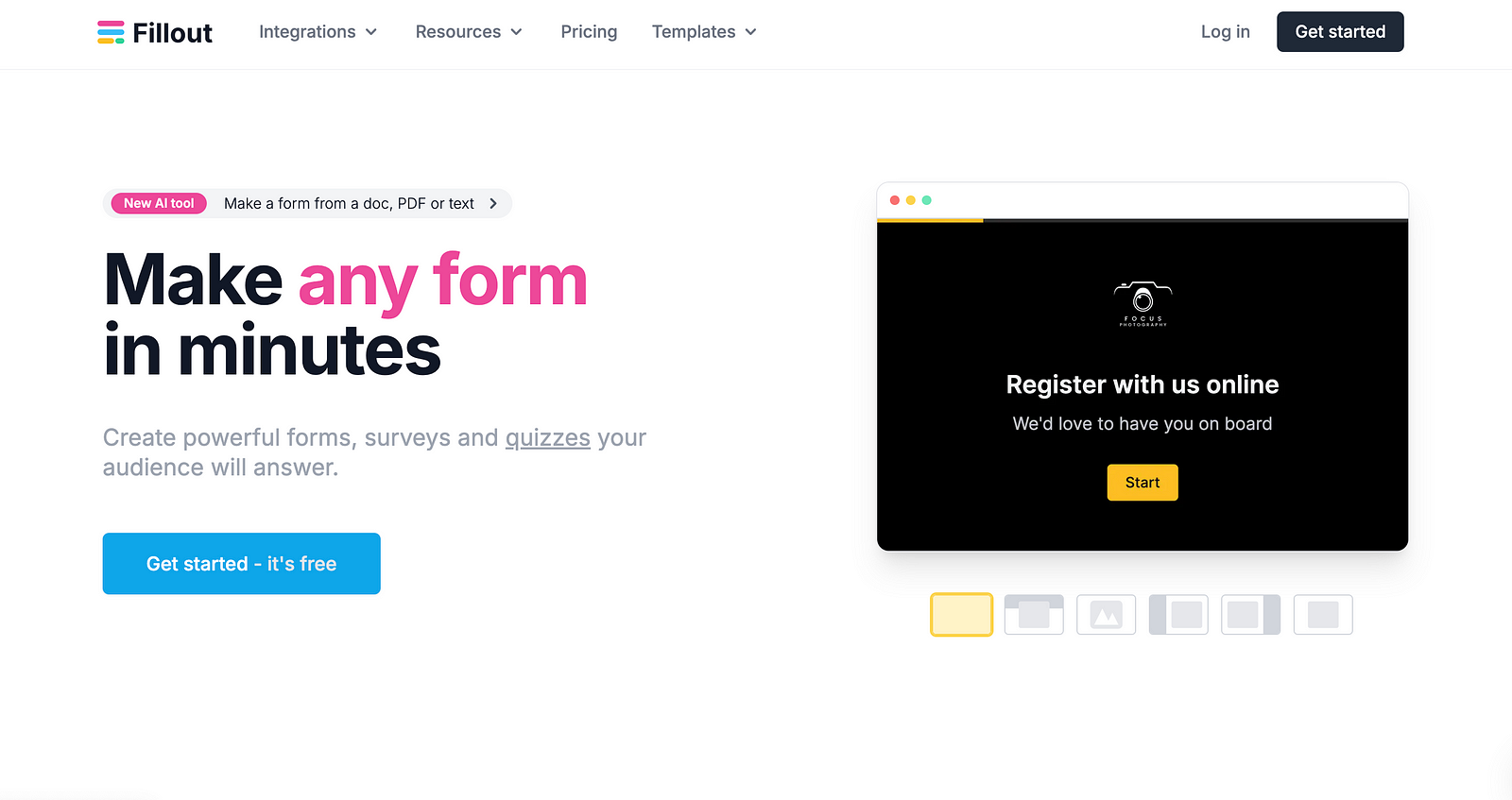
Fillout’s journey with AI in customer onboarding reveals the complexities of balancing automation with user expectations.

The initial AI-powered form builder aimed to simplify form creation through user prompts. However, this approach faced challenges, primarily due to the ‘blank canvas problem,’ leading to high churn rates. The solution? Incorporating AI within the form editor, providing on-demand assistance, which proved to be significantly more effective. This pivot highlights the importance of tailored AI assistance in enhancing user interaction with the product.
Formless.ai by Typeform: Between Automation and Personalization
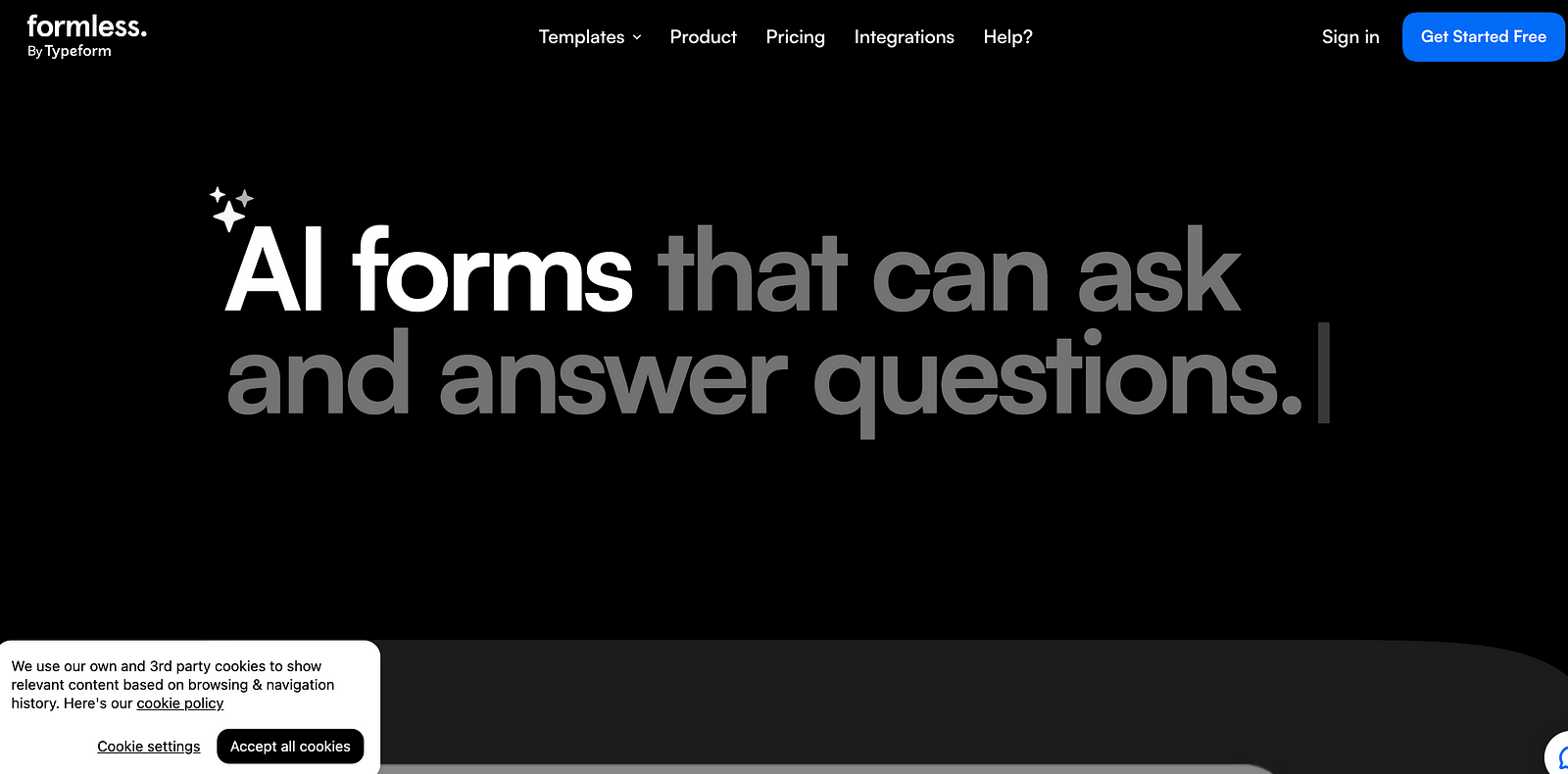
Formless by Typeform
Create beautiful AI-driven forms that talk naturally, ask/answer questions & engage users in any touch point.formless.ai
Formless.ai by Typeform showcases a hybrid approach to AI in customer onboarding.
Offering templates populated by AI, it addresses the blank canvas problem while leaving room for personalization. This strategy effectively balances automation with user control, making the onboarding process more accessible and less daunting for new users.
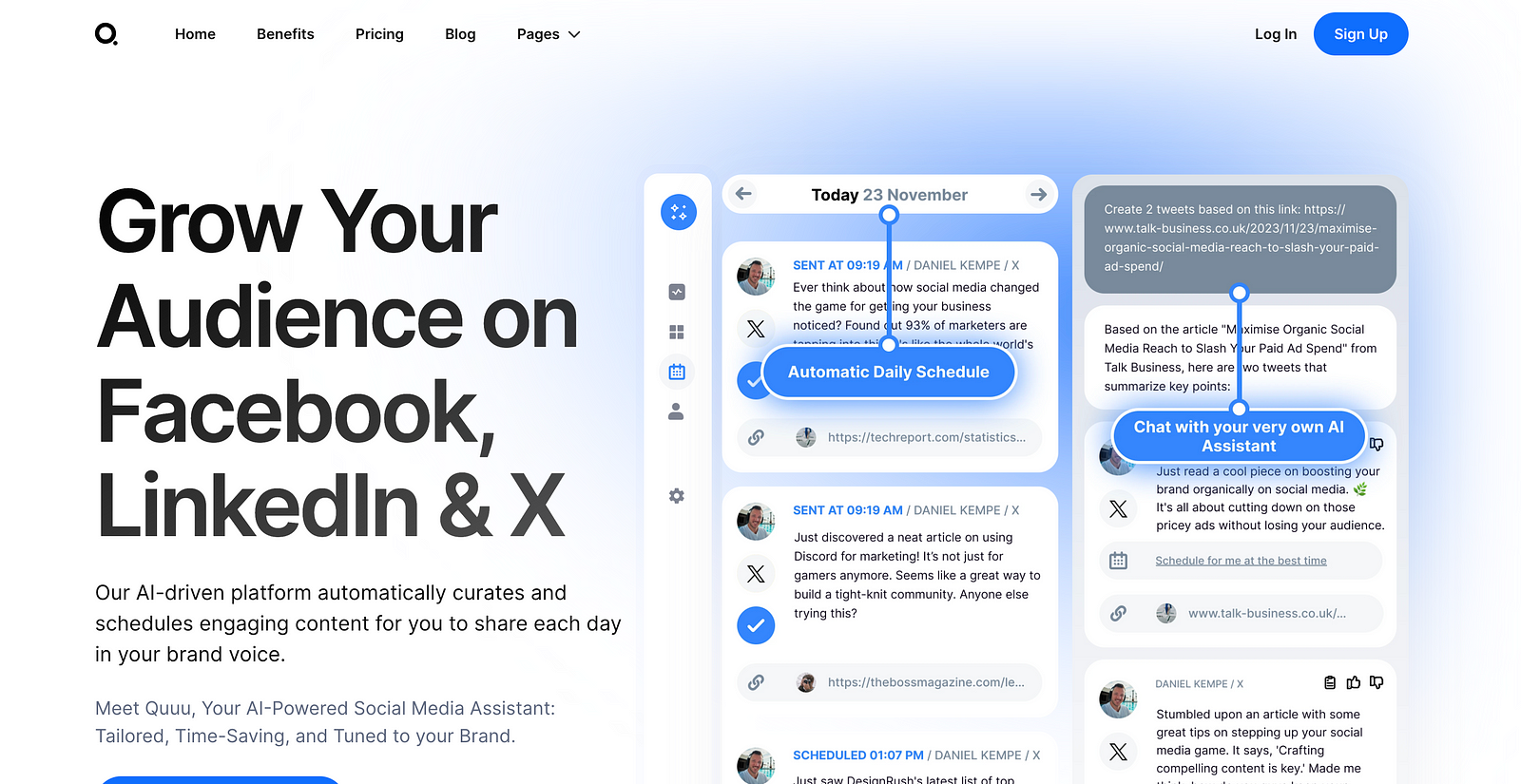
Have you seen these comments on websites?
Quuu’s implementation of an AI assistant to facilitate social media account integration showcases another dimension of AI in customer onboarding.
By reducing the complexity and effort required from the user, Quuu enhances the likelihood of completing the onboarding process, underlining the potential of AI to streamline integration-related obstacles.
Concluding Insights
The integration of AI in customer onboarding signifies a crucial advancement in enhancing user experience and engagement.
From automating workflows to offering personalized assistance and demonstrating product value, AI has opened new avenues for companies to make their onboarding processes more efficient and user-friendly. As technology evolves, so will these strategies, paving the way for more innovative and seamless onboarding experiences.